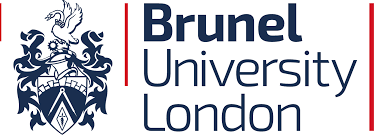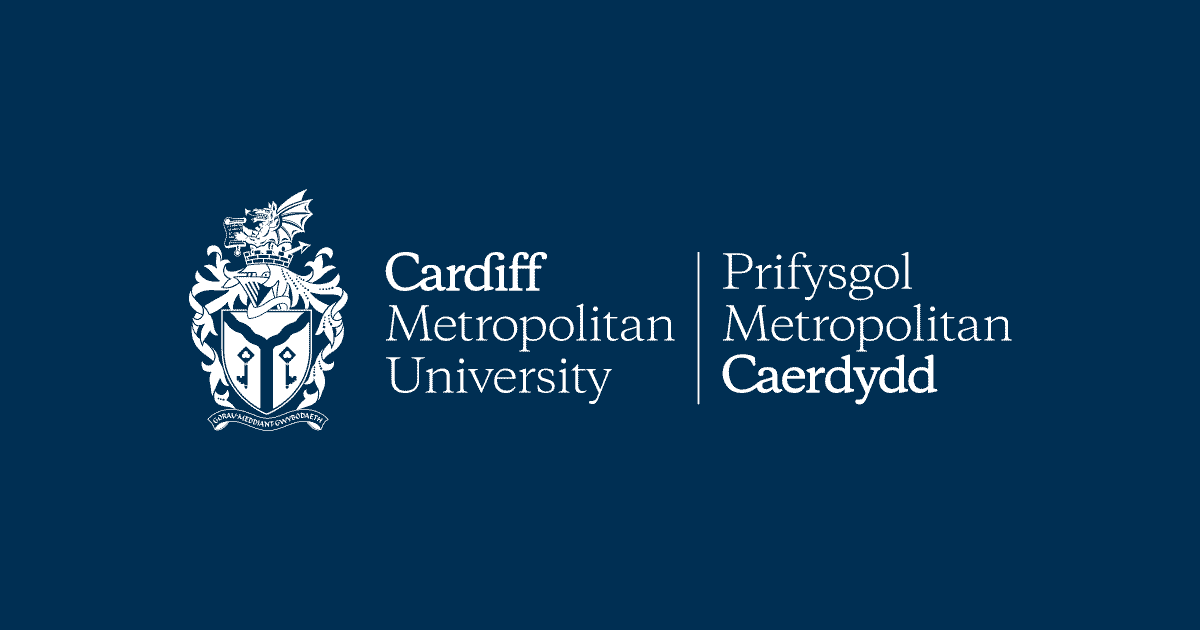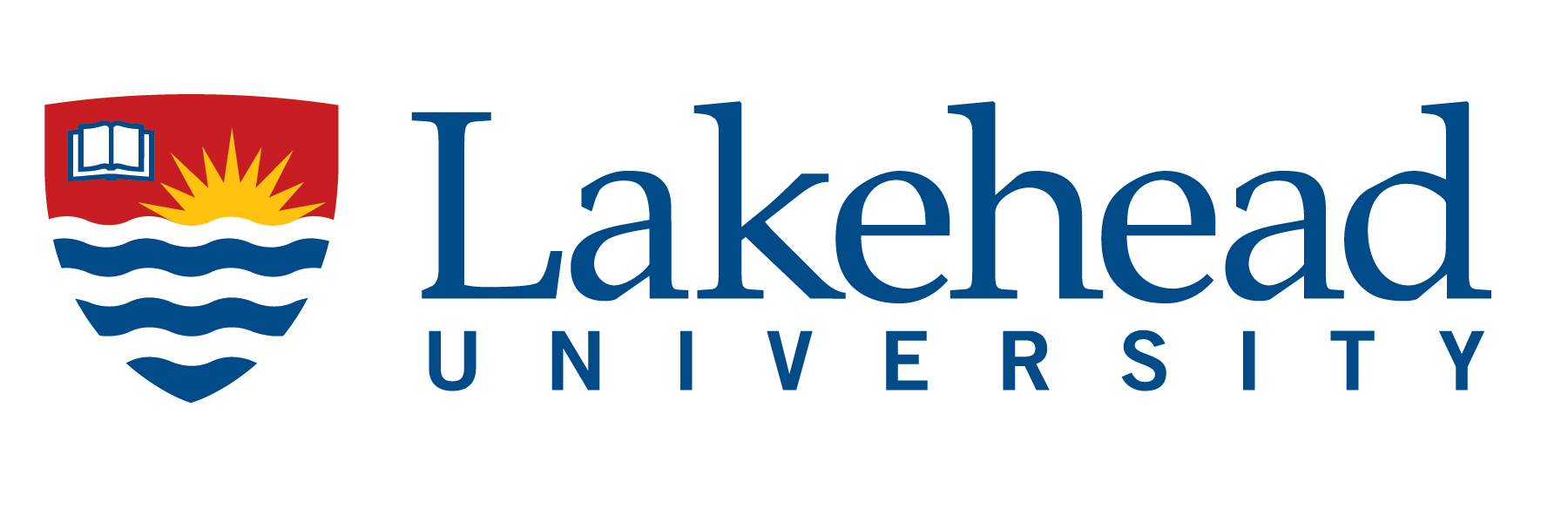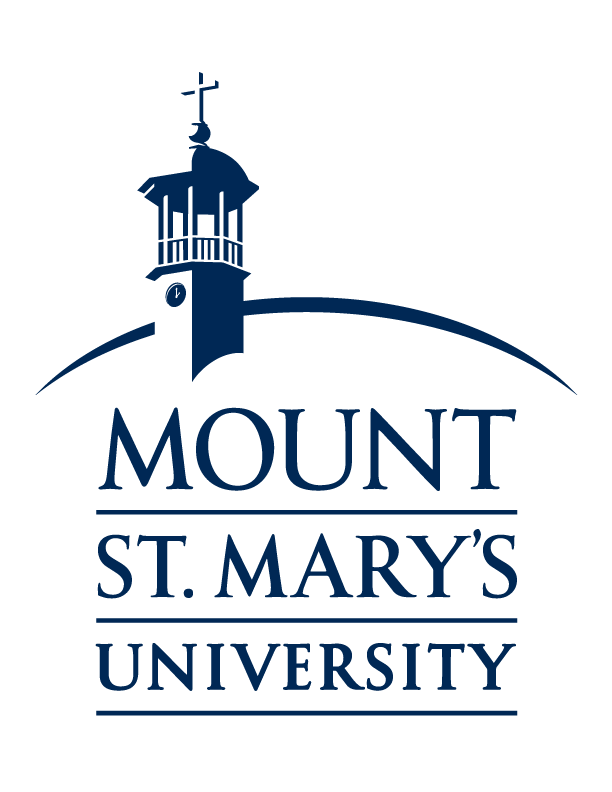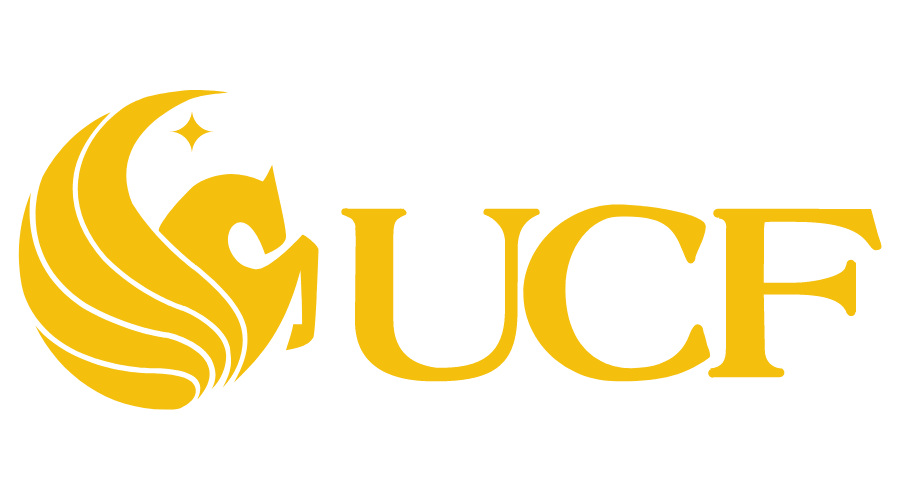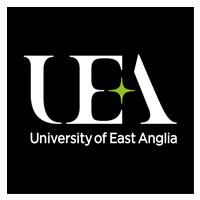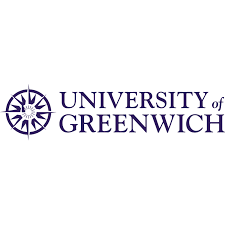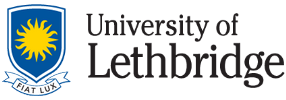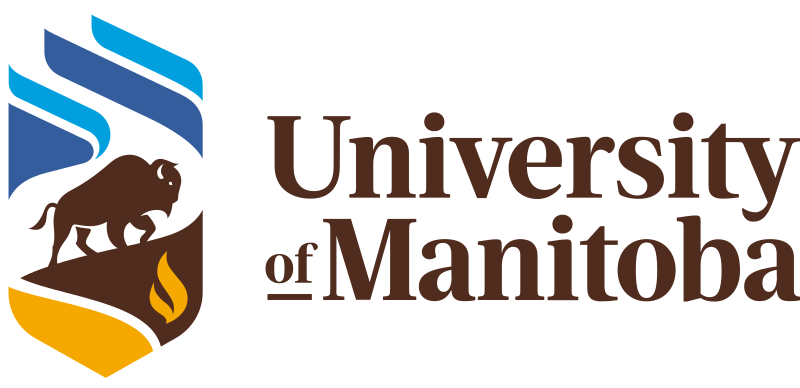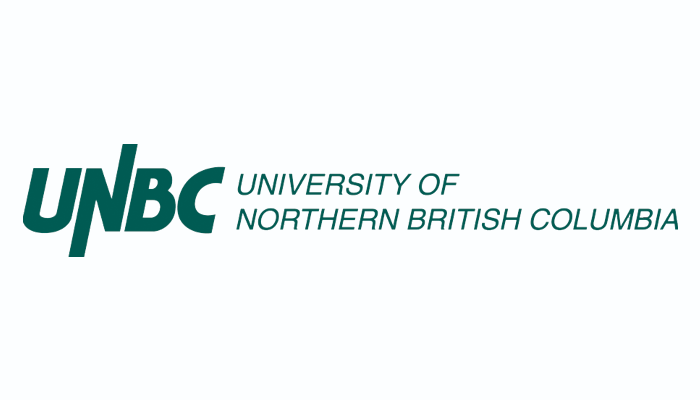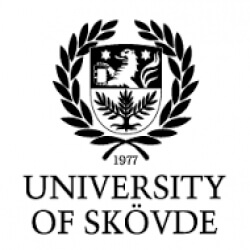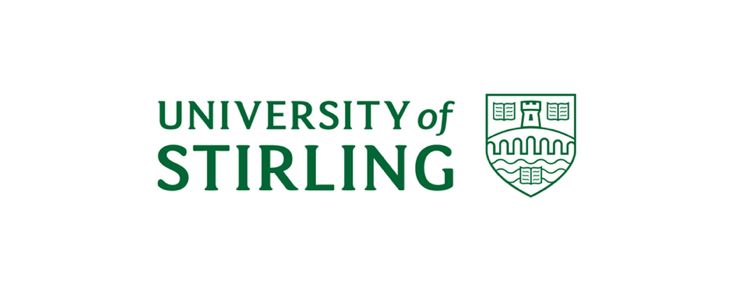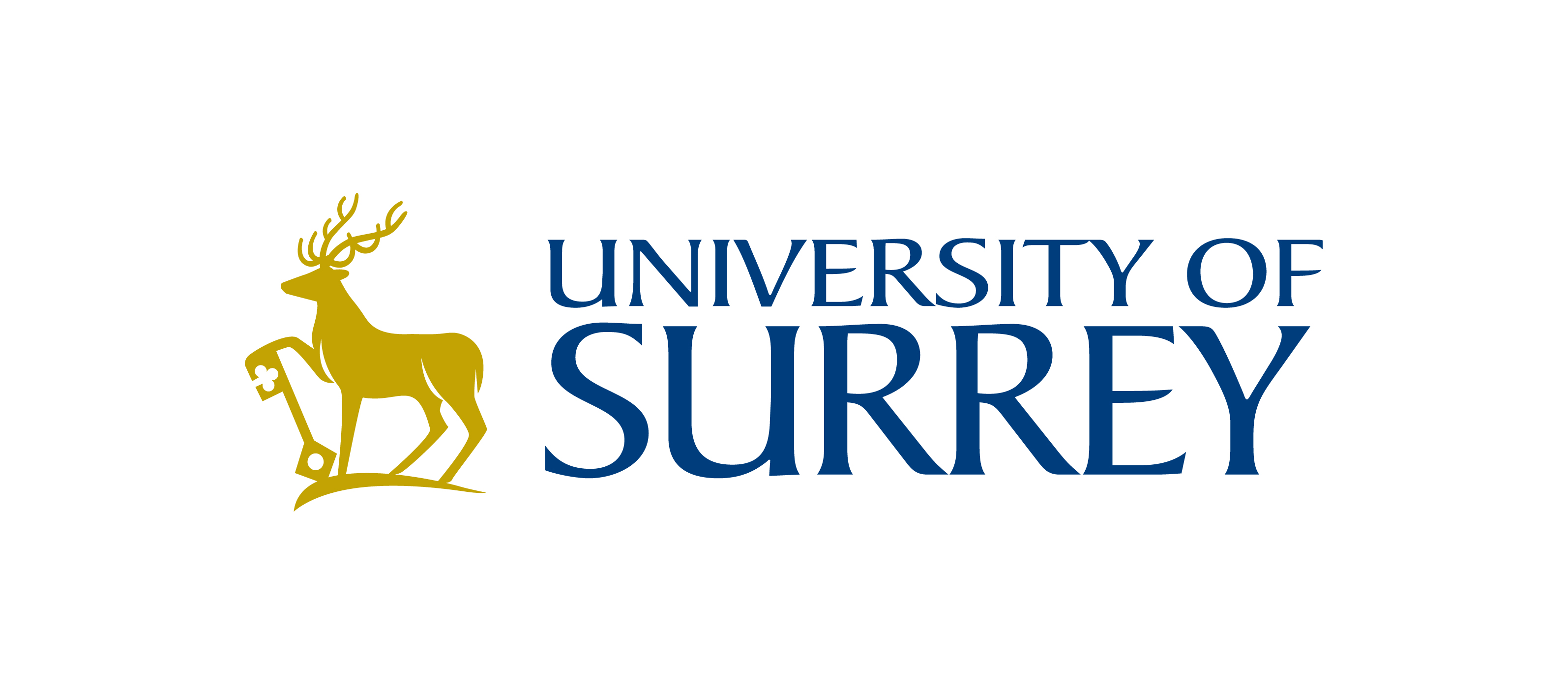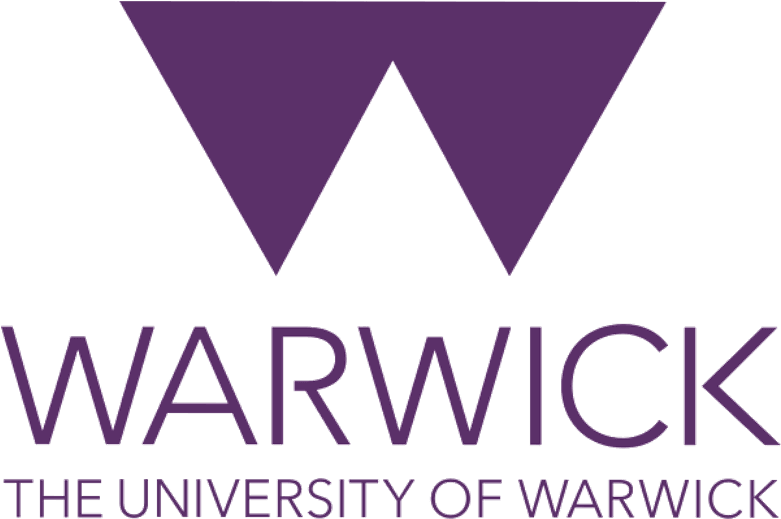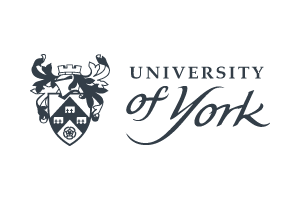Health Sciences: Your Gateway to a Global Healthcare Career
Embark on a transformative journey in Health Sciences and unlock endless opportunities in the ever-evolving world of healthcare. For Indian students aspiring to study abroad, pursuing a degree in Health Sciences offers a blend of cutting-edge education, hands-on experience, and international exposure. Whether you're passionate about nursing, public health, biomedical research, or allied health professions, this field equips you with the skills to make a real difference in global health outcomes.
Health Sciences programs abroad are designed to foster innovation, critical thinking, and compassionate care. From understanding human anatomy to tackling public health challenges like pandemics, these courses prepare you for diverse roles in hospitals, research labs, and international organizations. As India continues to grow as a healthcare hub, studying abroad in this field gives you a competitive edge, blending global standards with local relevance.
Why Choose Health Sciences Abroad as an Indian Student?
Studying Health Sciences internationally opens doors to world-class facilities, diverse patient care experiences, and research opportunities that may be limited back home. Here's why it's a smart choice:
- Advanced Curriculum: Programs emphasize evidence-based practices, technology integration (like AI in diagnostics), and interdisciplinary learning, aligning with global standards such as those from the WHO.
- Practical Training: Gain hands-on experience through clinical placements, simulations, and internships in top hospitals, which boosts your resume for jobs in India or abroad.
- Cultural Diversity: Exposure to multicultural healthcare environments helps you develop empathy and adaptability—key skills for serving India's diverse population.
- Career Boost: Degrees from abroad are highly valued in India, often leading to higher salaries and roles in multinational companies or government health sectors.
- Research Opportunities: Collaborate on groundbreaking projects in fields like epidemiology, genetics, and telemedicine, which are booming post-COVID.
For Indian students, the added benefit is the chance to network with professionals from around the world, potentially easing your path to working in countries like the USA, UK, or Australia, where there's a high demand for skilled health workers.
Popular Destinations for Health Sciences Programs
Choosing the right country is crucial for your study abroad experience. Based on factors like quality of education, cost, visa ease, and post-study work options, here are top destinations popular among Indian students:
| Country | Key Highlights | Average Tuition (INR per year) | Popular Universities |
|---|---|---|---|
| USA | World-leading research; strong emphasis on innovation and clinical trials. Post-study work visa up to 3 years. | 20-40 lakhs | Johns Hopkins University, Harvard University |
| UK | Short program durations (2-3 years for undergrad); NHS placements. Graduate Route visa for 2 years work. | 15-30 lakhs | University of Oxford, King's College London |
| Australia | Focus on public health and indigenous care; high employability. Post-study work visa up to 4 years. | 18-35 lakhs | University of Sydney, Monash University |
| Canada | Affordable living; emphasis on community health. PR pathways via Express Entry. | 12-25 lakhs | University of Toronto, McGill University |
| Germany | Low or no tuition fees; strong in biomedical engineering. EU job market access. | 0-10 lakhs (mostly free) | Heidelberg University, Charité – Universitätsmedizin Berlin |
These countries offer scholarships tailored for international students, including Indians, making Health Sciences accessible despite the costs.
Top Health Sciences Courses and Specializations
Health Sciences is a broad field with specializations to match your interests. Most programs offer Bachelor's (BSc), Master's (MSc), and PhD levels, with durations varying by country.
Undergraduate Programs
- BSc in Nursing: Focuses on patient care, anatomy, and ethics. Ideal for those aiming to become registered nurses.
- BSc in Public Health: Covers epidemiology, health policy, and disease prevention—perfect for community health roles.
- BSc in Biomedical Science: Explores lab techniques, genetics, and drug development for research careers.
Postgraduate Programs
- MSc in Health Administration: Teaches management skills for leading hospitals and health organizations.
- MSc in Global Health: Addresses international issues like infectious diseases and healthcare equity.
- Master of Physiotherapy (MPT): Specializes in rehabilitation and sports medicine.
Pro Tip: Many universities offer combined degrees, like BSc/MSc in Health Sciences, allowing you to specialize early and save time.
Eligibility and Admission Requirements for Indian Students
Getting into a Health Sciences program requires careful preparation. Requirements vary by university, but here's a general guide:
- Academic Qualifications: For undergrad, 10+2 with PCB (Physics, Chemistry, Biology) and minimum 60-70% marks. For postgrad, a relevant Bachelor's degree with 55%+.
- Entrance Exams:
- USA: SAT/ACT for undergrad; GRE for postgrad.
- UK: IELTS/TOEFL (6.5+ bands); some require BMAT/UCAT for health-related courses.
- Australia/Canada: IELTS (6.5-7.0); no specific entrance for most programs.
- English Proficiency: IELTS or TOEFL scores are mandatory. Aim for 7.0+ in IELTS for competitive programs.
- Documents Needed: Transcripts, SOP (Statement of Purpose) explaining your passion for Health Sciences, LORs (Letters of Recommendation), and passport.
- Visa Requirements: Student visa with proof of funds, health insurance, and ties to India. For example, UK's Tier 4 visa requires CAS from the university.
Start your application 12-18 months in advance to meet deadlines, typically January or September intakes.
Career Opportunities After Studying Health Sciences Abroad
A degree in Health Sciences abroad paves the way for rewarding careers. Graduates often secure roles with starting salaries ranging from INR 5-15 lakhs in India or higher abroad.
- Clinical Roles: Nurse, Physiotherapist, Radiologist—demand is high in India's growing healthcare sector (e.g., Apollo Hospitals, Fortis).
- Research and Academia: Biomedical researcher or lecturer in institutions like ICMR or AIIMS.
- Public Health: Policy advisor with WHO, UNICEF, or government bodies like NITI Aayog.
- Management: Hospital administrator or health consultant for firms like McKinsey or Deloitte.
- Global Opportunities: Work in the NHS (UK), CDC (USA), or return to India with international certifications for premium positions.
Employability Stats: According to QS Rankings, 90% of Health Sciences graduates from top universities find jobs within 6 months. In India, the healthcare industry is projected to reach $372 billion by 2025, creating millions of jobs.
Scholarships and Financial Aid for Indian Students
Funding your studies is easier than you think. Many options exist to reduce costs:
- University Scholarships: Merit-based awards like the Fulbright-Nehru (USA) or Chevening (UK), covering up to 100% tuition.
- Government Schemes: India's ICCR scholarships for abroad studies; Australia's Endeavour Awards.
- Private Funding: Inlaks Shivdasani Foundation or JN Tata Endowment for Indian students in health fields.
- Part-Time Work: Allowed up to 20 hours/week in most countries, earning INR 50,000-1 lakh monthly.
Apply early—deadlines often align with admissions. Total costs, including living expenses, range from INR 15-50 lakhs per year, but scholarships can cut this by 50% or more.
Application Process: Step-by-Step Guide
Navigating applications can be overwhelming, but following these steps simplifies it:
- Research Programs: Use platforms like Studyportals or university websites to shortlist 5-10 options.
- Prepare Documents: Get transcripts attested by Indian authorities.
- Take Exams: Book IELTS/GRE early.
- Submit Applications: Via university portals or UCAS (UK). Fees: INR 5,000-20,000 per application.
- Interviews: Prepare for virtual interviews focusing on your motivation for Health Sciences.
- Secure Visa: Once accepted, apply for student visa with financial proofs.
- Pre-Departure: Arrange accommodation, health checks, and attend orientation webinars.
Indian Student Tip: Join forums like Pagalguy or Reddit's r/Indian_Academia for peer advice on adapting to abroad life, from homesickness to cultural shocks in healthcare settings.
Success Stories and Tips from Indian Alumni
Many Indian students have thrived in Health Sciences abroad. For instance, Dr. Priya Sharma (University of Toronto alumna) now leads public health initiatives in Mumbai, crediting her global exposure for her success.
Tips for Success:
- Build a strong network via LinkedIn and university clubs.
- Focus on soft skills like communication—essential in patient interactions.
- Plan for cultural adaptation: Learn about local healthcare ethics to bridge gaps.
- Stay updated with Indian regulations for degree recognition via MCI/NMC.
Studying Health Sciences abroad isn't just an education—it's a launchpad for a fulfilling career impacting millions. With determination and the right guidance, you can turn your passion into profession. Ready to take the first step? Explore our resources and start your application today!

